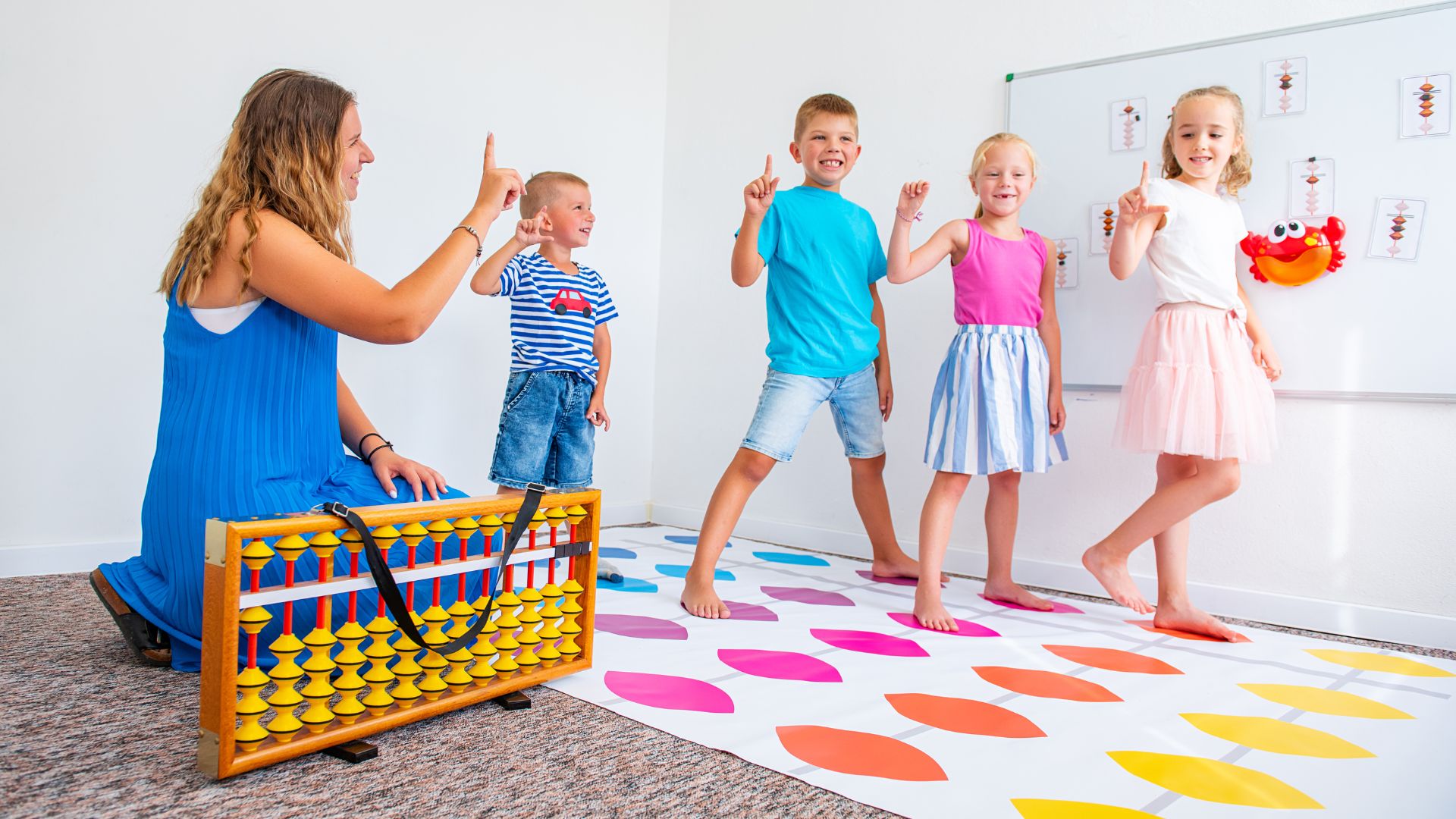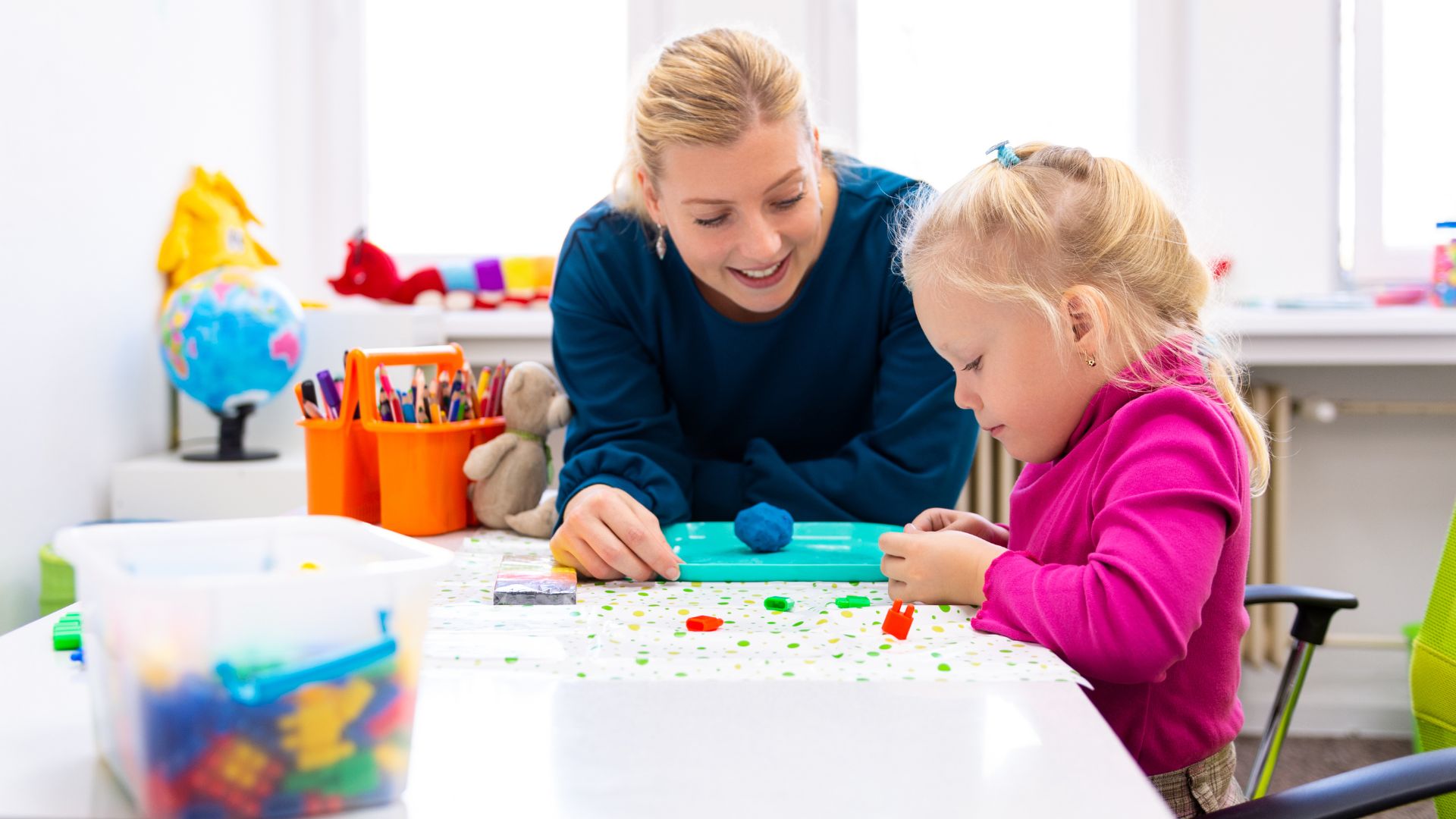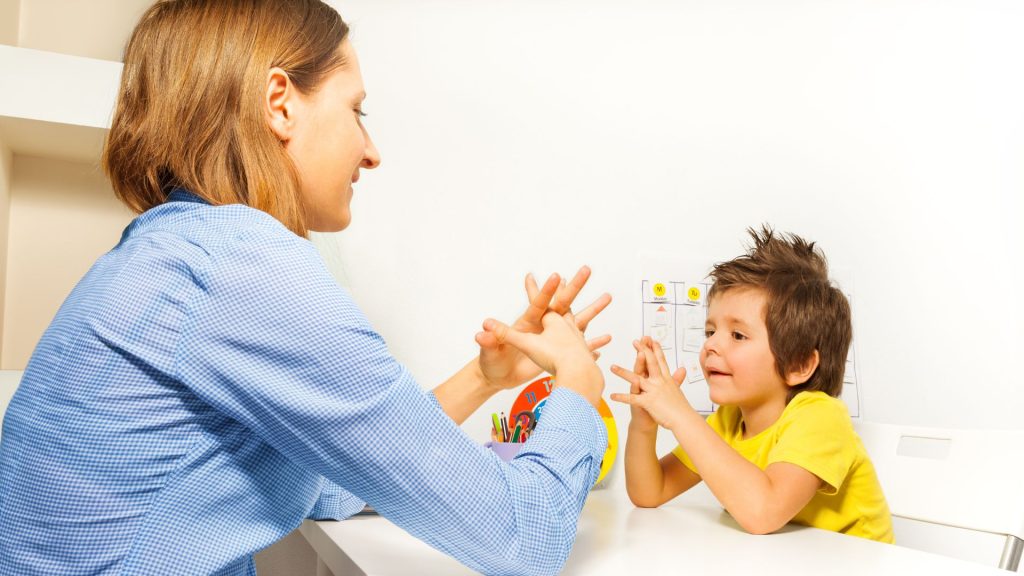Comprehending Occupational Therapy for Children with Autism
When you hear about the neurodevelopmental disorder autism spectrum disorder (ASD), otherwise referred to as autism, you know how tricky it can be to understand the condition. It is different for almost everyone and can have myriad effects. One undeniable thing is the difficulty that many autistic people face with motor activities, sensory processing, and everyday living skills. This is one reason that occupational therapy (OT) is one of the most critical areas of care for kids with ASD. OT facilitates a child’s ability to function and engage.
In other words, OT can help kids with ASD grow into independent adults. In this post, we’ll take a closer look at the roles that occupational therapists (OTs) play in treating autistic children, focusing on a couple of things. We’ll look at tactics OTs use and the solutions they provide to ensure that kids with ASD can thrive. We will also explore why OTs like the ones at Alpha Abilities are the best therapists for kids with ASD.
Occupational therapy: What is it?
Occupational therapy is a profession whose aim is to help people to actively partake in careers that encourage health, well-being and engagement in daily living through significant activities. Occupational therapists (OTs) attend to:
- Sensory processing and motor coordination deficits.
- Self-help, social and emotional, and school-related skills.
- The everyday participation of children with ASD.
Occupational Therapists' Role
Occupational therapists help the family develop and teach the child functional skills for home, school, and the community through games and activities. They assess, support, and educate children, parents, schools, and other medical personnel so that each child reaches their full potential.

Evaluating and Determining Needs
The first step is to do a thorough assessment of each autistic child to determine where their specific difficulties lie. From there, goals are developed to eliminate barriers preventing the child from participating in daily life. Occupational therapists use a mixture of clinical observations, standardised assessments and in-depth interviews with the child’s parents/caregivers to determine what an autistic child can do well and where there might be challenges or restrictions.
Processing of Sensations
Many people with autism are either overresponsive or underresponsive to various sensory inputs, including sound, touch, taste, smell, movement and many others from their environment. This is because many of the children I assess have issues with sensory processing. Occupational therapists work to figure out a child’s capacity for sensory processing, offer strategies to regulate sensory input, and allow the child to be comfortable and participate with family and at school.
Motor Abilities
Problems with fine motor skills and coordination are examples. For instance, a child’s fine motor skills (smaller motor movements, primarily those involving the hands and fingers; for example, the ability to hold an object or write) and coarse motor skills (basically, any human movement; for instance, running, jumping, balancing, etc.) can be evaluated through a series of tests with an occupational therapist, and problems that are identified can be assisted in developing exercises and strategies for increasing them or just doing everyday stuff more predictively and effectively.
Daily Living and Self-Care Skills
Occupational therapists can help the child develop and refine these skills, as well as adapt and support them to maximise independence and confidence with the manifold tasks that make up their everyday lives. For example, independence in the skills associated with self-care—eating, dressing, grooming, and toileting—is essential to the child’s feelings of autonomy and self-worth.

Communication and Social Skills
Intervention Techniques
Then, when these needs have been identified, the child sets goals for intervention specifically targeted to their needs. These techniques provide intervention tailored to each child’s needs, abilities, interests, and goals.

Therapy Using Sensations
Based on the idea that sensory experiences are the source of toxic stress in autistic individuals, sensory integration uses systematic sensory experiences to organise sensory functions and help autistic children perceive and respond better to their environment. Sensory integration therapy practitioners use sensory toys – deep pressure, swings, brushing and tactile experiences – to stimulate sensory integration and regulation.
Activities for Fine Motor Skills
Delicate motor tasks, such as writing or sketching, cutting or using any tangible items, strengthen and refine the small muscles of the hands and fingers. Occupational therapists might use playdough manipulation, finger painting, beaded necklaces, matching up buttons or beads using tongs or tweezers.
Helping Hands and Assisted Technology
These visual aids – such as picture cards, visual timers, schedules and the like – can make expectations more straightforward to autistic kids, help them learn routines, follow them, and – in some instances – manage changes to them. Assistive or adaptive technology tools can move pupils beyond these support mechanisms and enhance their organisational learning skills, such as notepads, clocks, lists, calendars, and math answers for the primary grades. Finally, an OT might introduce an autistic child to AAC devices and apps, which are augmentative and alternative communication devices.
Changes in the Environment
Environmental modifications include arranging materials to enhance accessibility, reducing stimuli—for example, by providing quiet zones—using picture supports to give organisation and predictability, and organising physical space to better meet children’s sensory and motor needs.
We, the staff at Alpha Abilities, are trained occupational therapists providing various services to families with children with autism. Within the child’s sensory processing system, motor development, self-care activities, and social communication, their unique services consist of assessment, intervention, and family coaching to create the best treatment plan for the child.
To ease families’ and carers’ everyday lives by maintaining the child’s development and progress at school, they will also be trained, educated, and supported by professional staff from Alpha Abilities. As much as possible, we work as a family-centred approach to enhance the child’s growth and are committed to keeping the child’s functioning and movements from home to school.
Alpha Abilities’ primary goal is to help autistic children be as independent and engaged at home and at school as possible. If you are interested, please contact us to learn more about our services for your child.




